的点评
Wildflowers of the Sibillini Mountains
Monti Sibillini的点评
点评:The Sibillini mountain range, formed 50 – 100 million years ago at the bottom of a long-ago extinct sea, straddles the Marche and Umbria regions. It’s off the beaten track for most tourists but it’s a stunning area.
It’s most famous for the flower fields of the Piano Grande which we visited on a previous trip.
On our recent trip to Marche, we spent a day hiking up Monte Sibilla (see separate TA review, listed under ‘Monte Sibilla’).
The scenery was mind-blowing but we also noticed a huge variety of beautiful wildflowers. The mountain consists largely of limestone rock, so we were surprised to see such an abundance of flowers.
Early in the walk, at the lower levels, we tall spikes of yellow mullein and lots of little ultramarine blue, star-shaped Spring Gentian (one of our group described them as little blue propellors which was accurate but not as romantic as star-shaped).
One of the prettiest was the perennial cornflower which was a striking fuchsia-purple colour with a hot pink centre. It looked not unlike an anemone
We noticed the flowers and plants changing, the higher up we climbed (the peak sits at 2173 metres).
High up on the ridge line, we saw larger, deeper blue trumpet gentians and bright, white rock jasmine. The petals were such a clean white with a bright pink, orange or yellow centre. Gathered together, with their different coloured centres, they looked like small posies.
Overall, there is so much to enjoy in the part of Italy.
It’s most famous for the flower fields of the Piano Grande which we visited on a previous trip.
On our recent trip to Marche, we spent a day hiking up Monte Sibilla (see separate TA review, listed under ‘Monte Sibilla’).
The scenery was mind-blowing but we also noticed a huge variety of beautiful wildflowers. The mountain consists largely of limestone rock, so we were surprised to see such an abundance of flowers.
Early in the walk, at the lower levels, we tall spikes of yellow mullein and lots of little ultramarine blue, star-shaped Spring Gentian (one of our group described them as little blue propellors which was accurate but not as romantic as star-shaped).
One of the prettiest was the perennial cornflower which was a striking fuchsia-purple colour with a hot pink centre. It looked not unlike an anemone
We noticed the flowers and plants changing, the higher up we climbed (the peak sits at 2173 metres).
High up on the ridge line, we saw larger, deeper blue trumpet gentians and bright, white rock jasmine. The petals were such a clean white with a bright pink, orange or yellow centre. Gathered together, with their different coloured centres, they looked like small posies.
Overall, there is so much to enjoy in the part of Italy.
翻译:锡比利尼山脉形成于 50 至 1 亿年前,形成于很久以前灭绝的海洋底部,横跨马尔凯和翁布里亚地区。对于大多数游客来说,这里是人迹罕至的地方,但却是一个令人惊叹的地方。
它最著名的是我们上次旅行时参观过的大钢琴花园花田。
在我们最近的马尔凯之旅中,我们花了一天的时间徒步攀登西比拉山(参见单独的猫途鹰评论,列在“西比拉山”下)。
风景令人惊叹,但我们也注意到了各种各样美丽的野花。这座山主要由石灰岩组成,所以我们很惊讶地看到如此丰富的花朵。
在步行的早期,在较低的楼层,我们高高地长着黄色的毛蕊花和许多群青蓝色的星形春龙胆(我们小组中的一个人将它们描述为蓝色的小螺旋桨,这是准确的,但不像星形的那么浪漫) )。
其中最漂亮的是多年生矢车菊,它的颜色是引人注目的紫红色,中心是粉红色的。它看起来与海葵没什么不同
随着我们爬得越高(山顶海拔2173米),我们注意到花草发生了变化。
在山脊线的高处,我们看到了更大、更深的蓝色喇叭龙胆和明亮的白色岩茉莉。花瓣是洁白的,中心有亮粉色、橙色或黄色。它们聚集在一起,中心颜色不同,看起来就像小花束。
总的来说,意大利有很多值得享受的地方。
它最著名的是我们上次旅行时参观过的大钢琴花园花田。
在我们最近的马尔凯之旅中,我们花了一天的时间徒步攀登西比拉山(参见单独的猫途鹰评论,列在“西比拉山”下)。
风景令人惊叹,但我们也注意到了各种各样美丽的野花。这座山主要由石灰岩组成,所以我们很惊讶地看到如此丰富的花朵。
在步行的早期,在较低的楼层,我们高高地长着黄色的毛蕊花和许多群青蓝色的星形春龙胆(我们小组中的一个人将它们描述为蓝色的小螺旋桨,这是准确的,但不像星形的那么浪漫) )。
其中最漂亮的是多年生矢车菊,它的颜色是引人注目的紫红色,中心是粉红色的。它看起来与海葵没什么不同
随着我们爬得越高(山顶海拔2173米),我们注意到花草发生了变化。
在山脊线的高处,我们看到了更大、更深的蓝色喇叭龙胆和明亮的白色岩茉莉。花瓣是洁白的,中心有亮粉色、橙色或黄色。它们聚集在一起,中心颜色不同,看起来就像小花束。
总的来说,意大利有很多值得享受的地方。

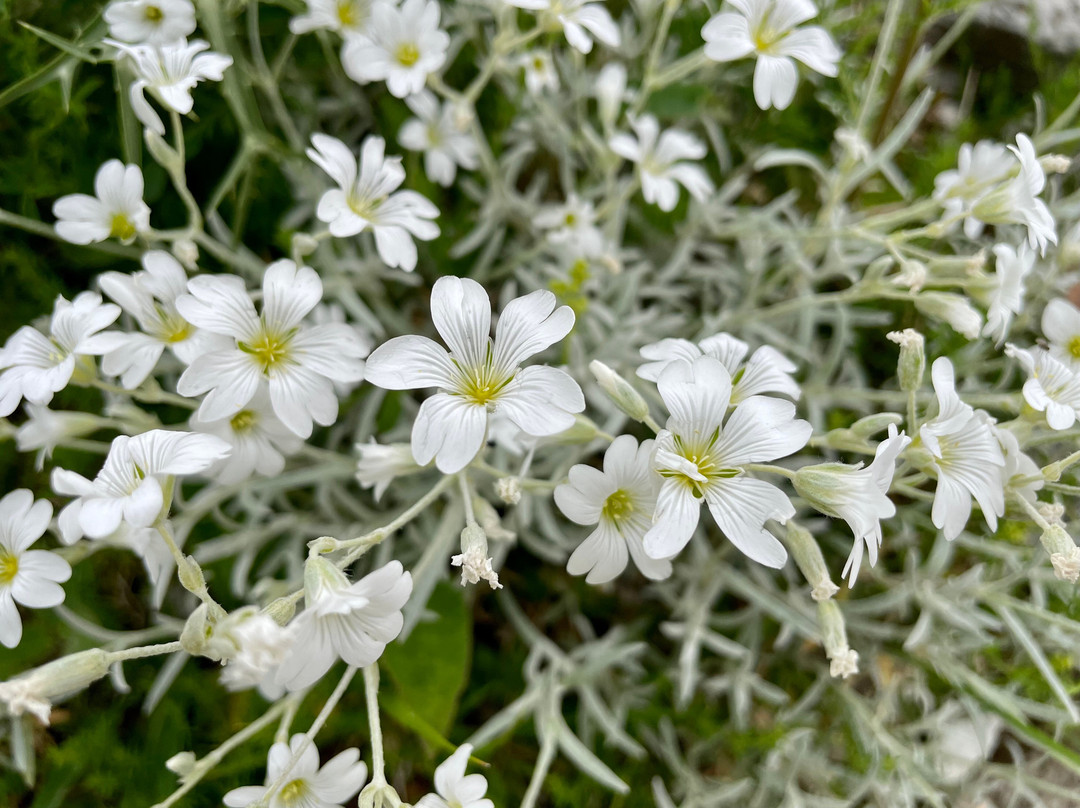
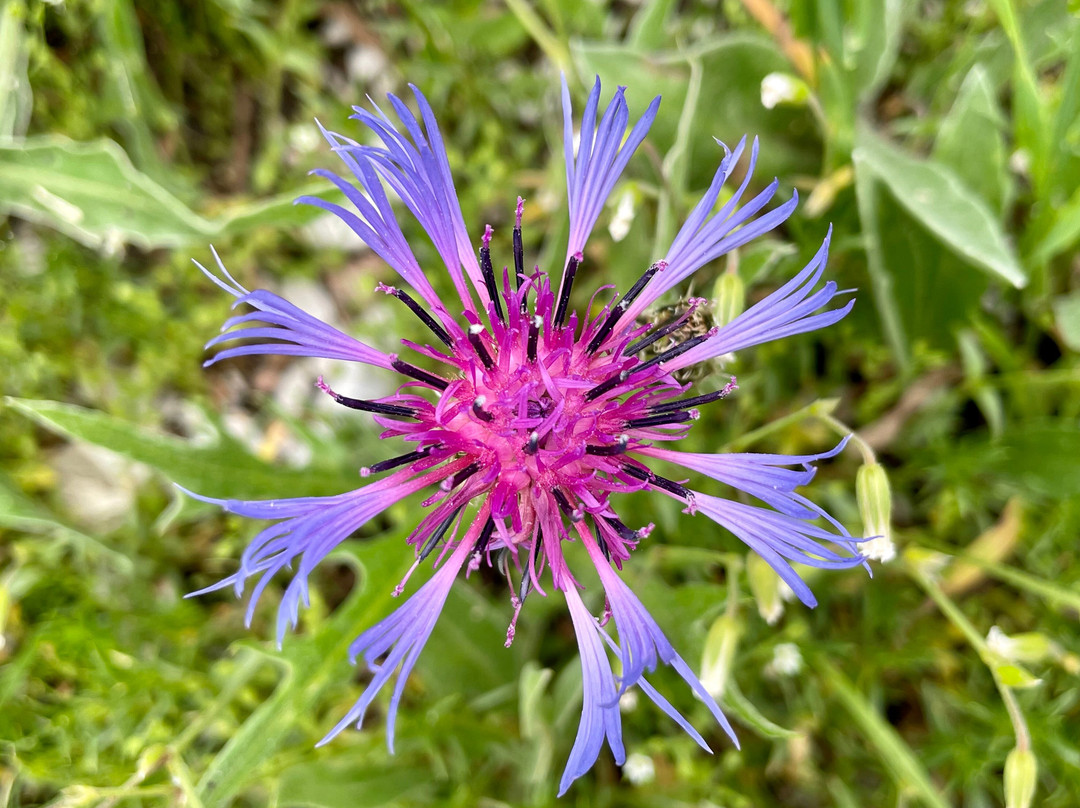
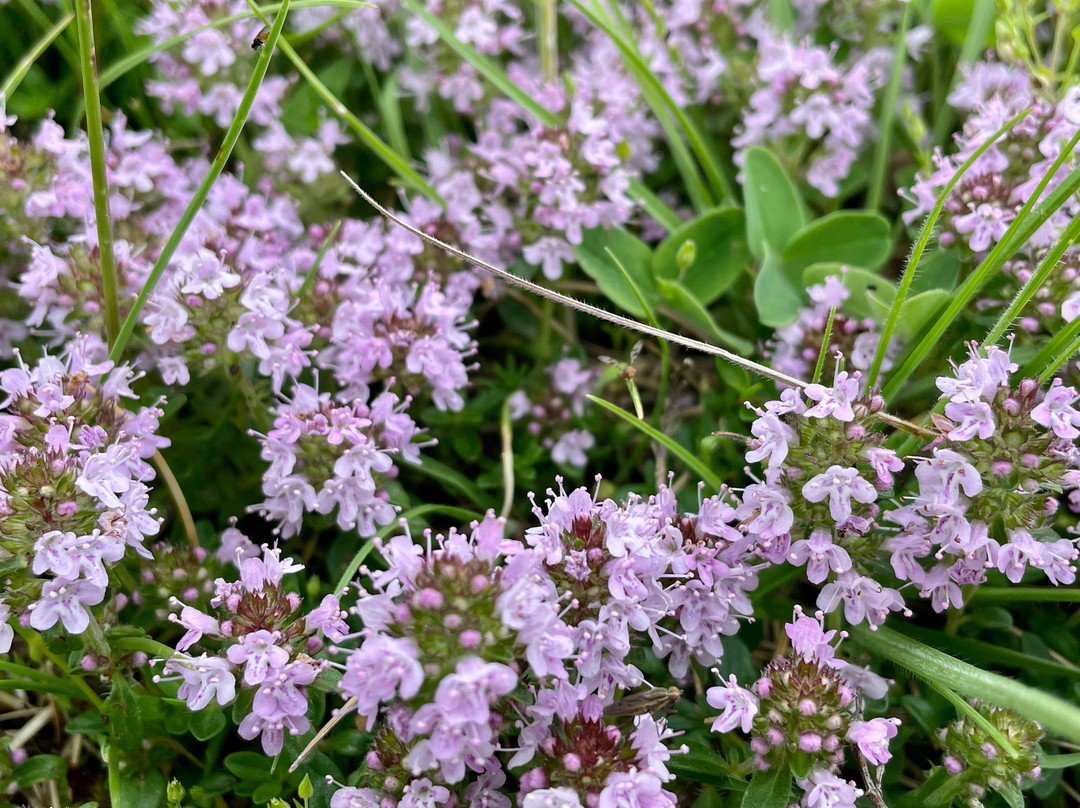
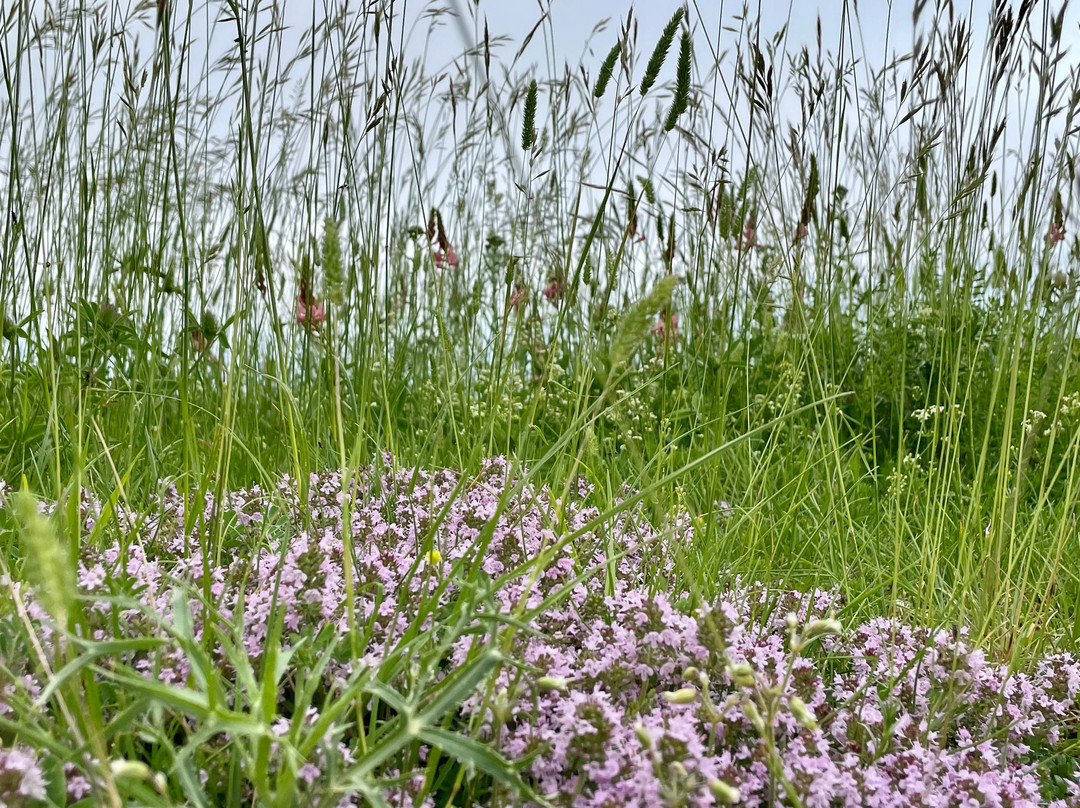
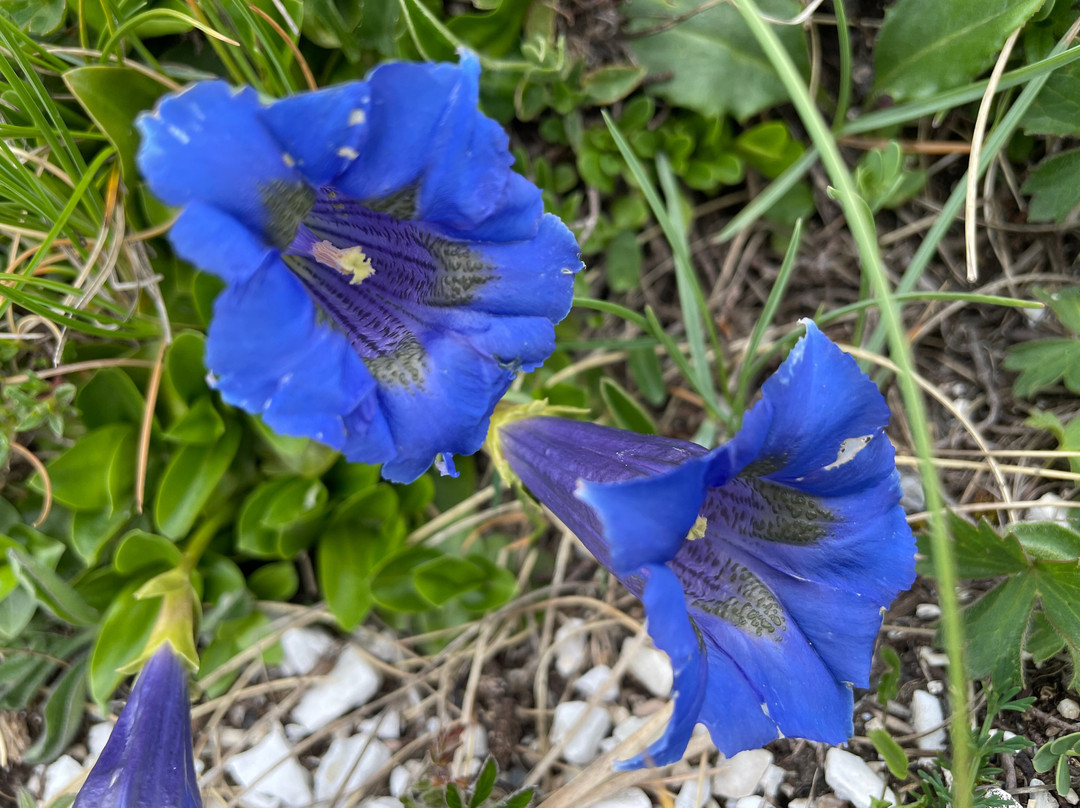
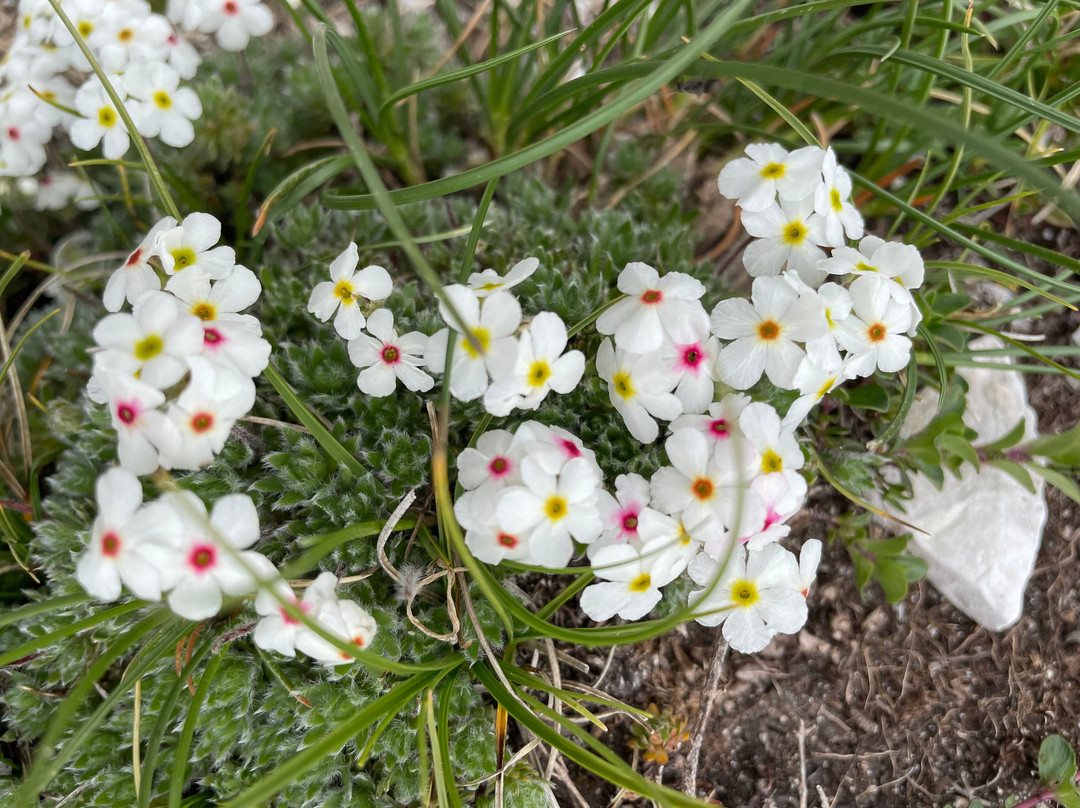
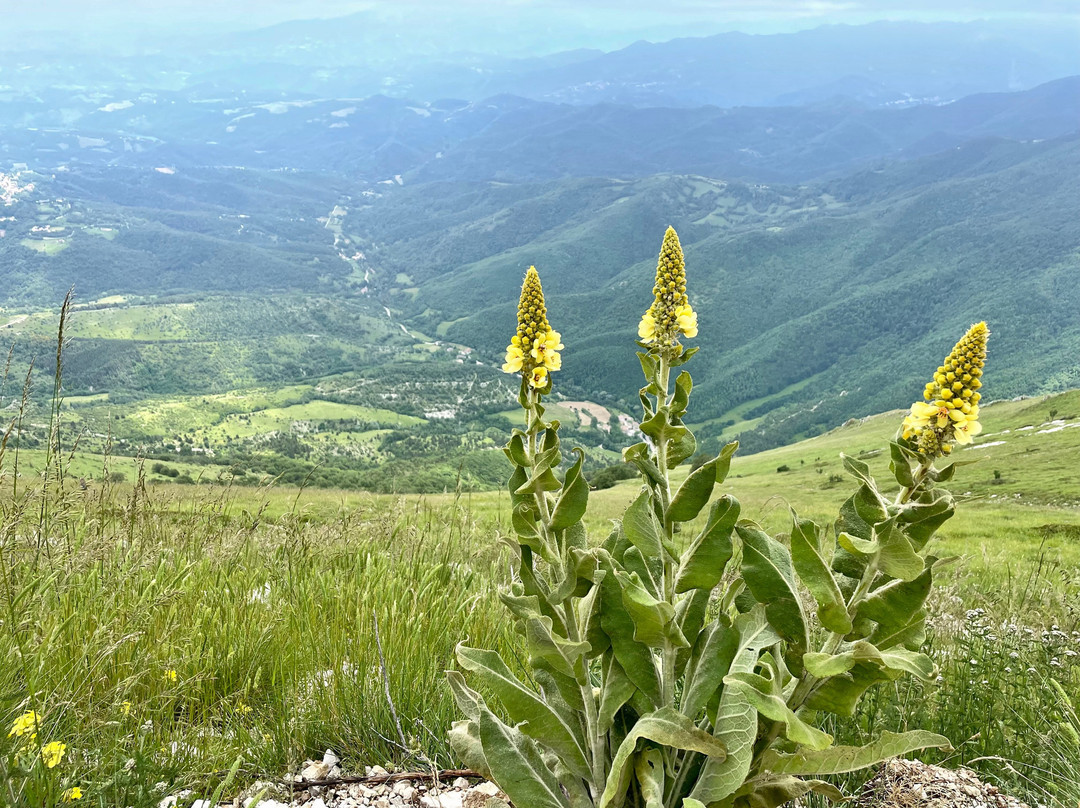
此点评仅代表旅行者个人的主观意见,并不代表TripAdvisor以及其合作方的意见。
关于我们
|
新闻动态
|
商务合作
|
会员中心
|
业主中心
|
业主通
|
常见问题
|
意见反馈
|
联系我们
|
营业执照
© 2025 Tripadvisor 版权所有。
使用条款 |隐私政策 |网站工作原理
部分照片由 VFM Leonardo 提供。
* Tripadvisor不是旅行社,也不是旅游预订服务代理商。我们提供免费、客观、公正的旅游资讯服务。 (显示更多)
TripAdvisor LLC 既不是预订代理商,也不是旅游运营商,不会向网站用户收取任何服务费。 按照规定,在 Tripadvisor 发布机票价格、游览和旅行套餐的合作伙伴(航空公司、旅行提供商及预订代理商),其标价须包含所有费用和附加费用。 例如, 机场出入境税费、消费税与其他服务费、手续费、杂费及附加费用。 当您向我们的某个合作伙伴进行预订时,请务必查阅他们的网站以了解当地行政部门要求的所有适用费用的具体情况。 除非另有说明,机票价格通常指的是一个人的价格(以人民币计)。
为方便起见,TripAdvisor LLC 根据从我们的预订合作伙伴获取的空房率计算每个酒店的均价。 对于游览和景点来说,所显示价格通常是每位成人的最低可用价格。 对于列出的任何旅行套餐或优惠,TripAdvisor LLC 无法保证任何特定的费率或价格。 此外,酒店均价每晚会更新,并以您的首选币种表示(使用现行汇率)。 由于这些已换算的价格是预估价格,因此,有关具体金额和币种请与预订网站进行核实。
此外,TripAdvisor LLC 无法保证我们网站上宣传的价格随时有效。 标价可能需要预订一定天数才能生效,或有不可用日期、使用条件或限制。
TripAdvisor公司对外部网站的内容一概不负责。优惠价格中不含税和其他费用。
ICP证:沪B2-20200433
沪ICP备20013175号
 沪公网安备31010502005427号
沪公网安备31010502005427号鹰程信息技术(上海)有限公司
货币/国家及地区
¥CNY
中国

